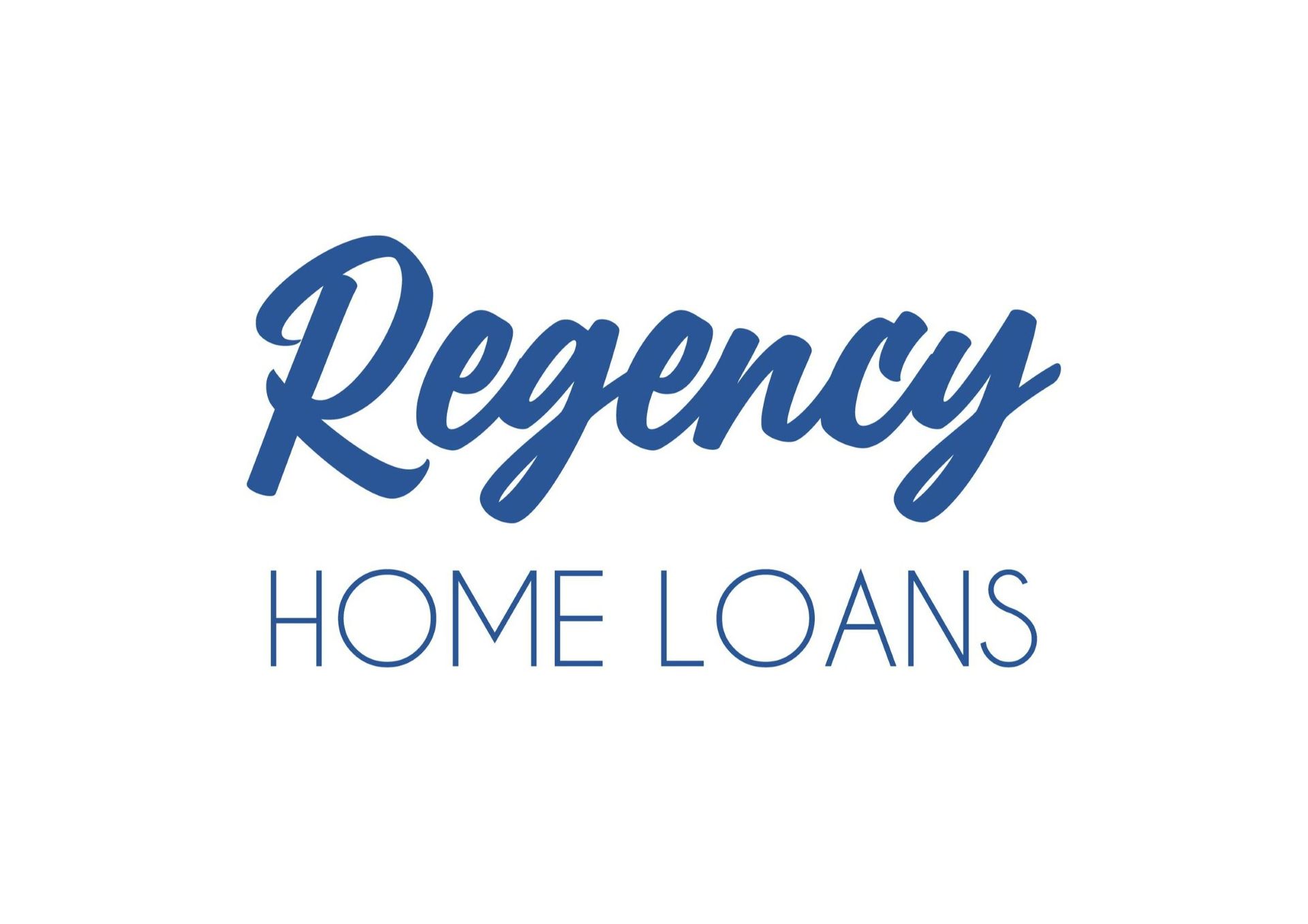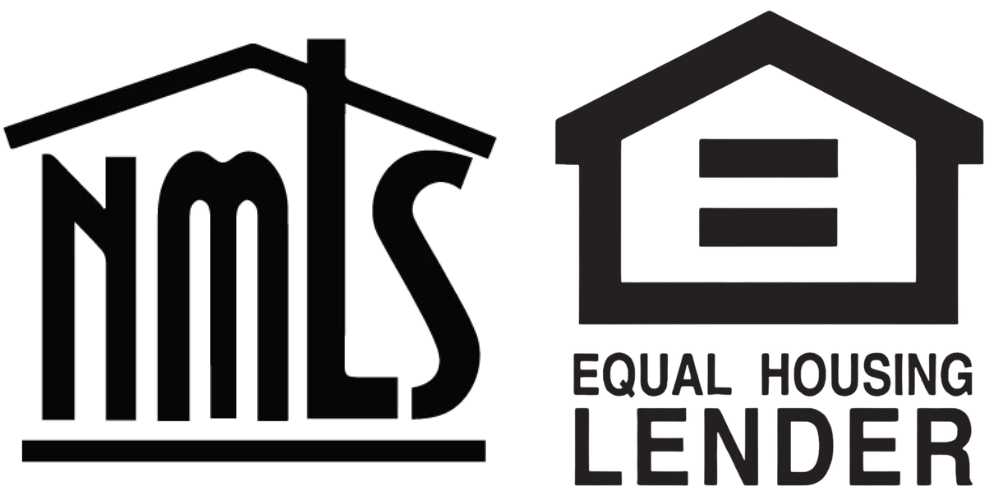Graduated Payment Mortgages (GPMs): Stepping Up for Your Dream Home
Buying a home is a significant financial step. If you're an aspiring homeowner with a growing income but limited funds upfront, a Graduated Payment Mortgage (GPM) could be an interesting option. Unlike traditional fixed-rate mortgages with constant payments, GPMs offer lower initial payments that gradually increase over a set period.
Understanding GPMs: Growing Payments for Growing Dreams
GPMs are designed to help borrowers with limited initial funds qualify for a home loan. They feature:
- Lower Initial Payments: During an introductory period (typically 5 to 10 years), your monthly payments start lower than a traditional fixed-rate mortgage on the same property. This can make homeownership more accessible for young professionals, growing families, or those with limited savings.
- Gradual Increases: Over the introductory period, your monthly payments gradually rise according to a predetermined rate (usually 2-3% per year). This increase is designed to align with your anticipated income growth.
- Negative Amortization (Potentially): In the early years, your monthly payment might not cover the full amount of interest accrued. This means the unpaid interest gets added to your loan principal, increasing your overall loan balance (negative amortization). This is a significant drawback to consider.
The Allure of GPMs: Affordability for First-Time Buyers
- Easier Qualification: Lower initial payments can help you qualify for a mortgage with a smaller down payment compared to a traditional fixed-rate loan.
- Manageable Payments Early On: The lower initial payments free up cash flow in your early years of homeownership, allowing you to build savings or invest in renovations.
The Cautions of GPMs: The Long-Term Impact
- Negative Amortization: As mentioned earlier, negative amortization can significantly increase your loan balance over time. This means you'll end up paying more interest overall compared to a fixed-rate mortgage.
- Higher Payments Later: Be prepared for your monthly payments to increase steadily after the introductory period. This jump can strain your finances if your income hasn't grown as anticipated.
- Limited Availability: GPMs are not as widely available as conventional fixed-rate mortgages. You may need to search harder to find a lender offering this type of loan.
GPMs vs. Fixed-Rate Mortgages: Choosing the Right Path
The choice between a GPM and a fixed-rate mortgage depends on your financial situation and long-term goals:
- Stable Income Seekers: A fixed-rate mortgage is generally better for those with a steady income who prioritize predictable monthly payments and building equity from the start.
- Income Growth Anticipation: If you're confident your income will increase significantly in the coming years, a GPM can offer a path to homeownership with lower initial payments.
Are GPMs Right for You?
GPMs can be a good option for specific situations, particularly for first-time homebuyers with strong income growth potential. However, the negative amortization can significantly impact your long-term financial picture. Carefully consider the potential drawbacks and ensure you have a solid financial plan to handle the increasing payments after the introductory period.




